Early warning signs of gastrointestinal cancer
On July 29, Dan Tri newspaper in collaboration with Hong Ngoc - Phuc Truong Minh General Hospital organized an online discussion with the topic "Digestive, hepatobiliary and pancreatic diseases from an expert's perspective: Understand correctly - live healthy".
Sharing at the seminar, People's Physician, Associate Professor, Dr. Nguyen Xuan Hung, Head of General Surgery Department and Director of Digestive Center, Hong Ngoc - Phuc Truong Minh General Hospital, said that after more than 40 years of working in the field of digestive diseases, especially gastrointestinal cancer surgery, Dr. Hung realized that if detected early and intervened promptly and properly, it can be completely cured.
The question is how to recognize the warning signs early and proactively go for a check-up? With diseases of the upper digestive tract, including the esophagus, stomach and duodenum, the initial symptoms can be quite typical.

People's Physician, Associate Professor, Dr. Nguyen Xuan Hung (second from left) and Meritorious Physician, Dr. Do Tuan Anh participated in the discussion program (Photo: Manh Quan).
According to Dr. Hung, the most common early sign of esophageal cancer is difficulty swallowing. Patients feel stuck and have difficulty swallowing when eating - this is a typical symptom and needs to be checked early, especially by esophageal endoscopy. This symptom can also occur in other benign diseases, but endoscopy helps us clearly detect the lesion - inflammation, ulcers or tumors.
With diseases of the stomach and duodenum, where ulcers are common, special vigilance is needed because a certain percentage, about 5-10%, of stomach ulcers can be cancerous.
If not detected and treated early, these lesions can lead to dangerous complications such as bleeding, pyloric stenosis (causing gastrointestinal obstruction), and even tumor perforation. When the disease has such complications, it means it is in a late stage.
Dr. Hung once again emphasized that early detection is a key factor in the treatment of gastrointestinal cancer. To do that, people need to be screened, especially when they have persistent digestive symptoms such as epigastric pain, post-meal bloating, belching, and heartburn. These are very common symptoms but can also be early signs of malignancy.
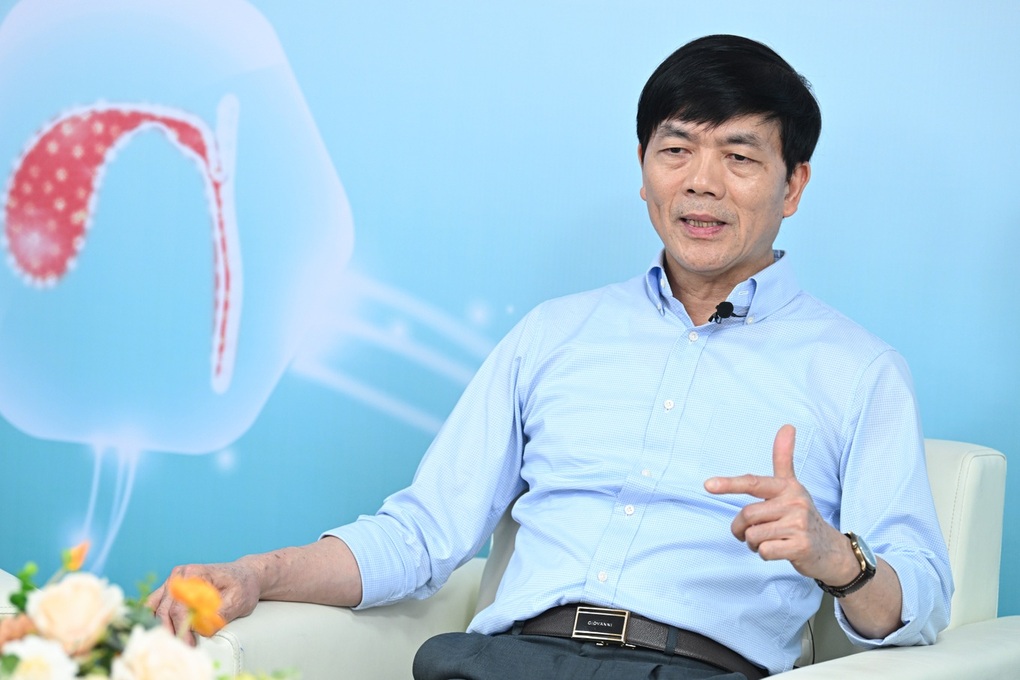
People's Physician, Associate Professor, Dr. Nguyen Xuan Hung, Head of General Surgery Department and Director of Digestive Center, Hong Ngoc - Phuc Truong Minh General Hospital (Photo: Thanh Dong).
According to him, the most effective screening method today is endoscopy. For people with suspicious symptoms, endoscopy helps detect inflammatory lesions, ulcers, tumors, and can also perform biopsies to determine whether the lesion is benign or malignant.
Especially for people over 40-50 years old, with a family history of digestive cancer, proactively having regular endoscopy is very necessary.
In fact, through his work, he was very pleased to see that many people with symptoms such as reflux, stomach pain... proactively went to see a doctor and asked to have an endoscopy to screen for cancer.
In addition to endoscopy, for a more comprehensive assessment, the doctor may prescribe additional imaging diagnostics such as ultrasound, computed tomography (CT), and magnetic resonance imaging (MRI) to get an overall view, thereby providing the most accurate treatment direction.
With colorectal cancer, this is a group of diseases of the lower digestive tract and has very different manifestations compared to diseases of the upper digestive tract. According to him, the earliest and most important sign is a change in bowel habits.
Normally, when the digestive system is working well, a healthy person will have a good appetite, defecate regularly at a certain time of the day, have well-formed stools, and show no unusual signs. However, if there are unusual changes such as: defecating at irregular times, still feeling incomplete after defecating, defecating many times a day, loose stools, mixed with mucus or blood... then these are important warning signs.
In addition, symptoms such as intermittent abdominal pain, nausea, digestive disorders (sometimes constipation, sometimes diarrhea), sudden unexplained weight loss... also need special attention. These can all be early signs of a tumor causing partial intestinal obstruction or affecting the absorption process.
"When experiencing the above symptoms, people should visit medical facilities with a gastroenterology department. Currently, both public and private hospitals have modern equipment to diagnose digestive diseases early," Dr. Hung emphasized.
Both liver cancer and bile duct cancer have in common that they are difficult to detect in the early stages because the symptoms are often vague and unclear. Therefore, the best way to detect early is to have regular health check-ups and go to the doctor immediately when there are unusual signs of digestion or the whole body.
Can benign tumors in the liver and gallbladder develop into cancer?
Dr. Hung said that there are currently some types of benign tumors in the liver that have the risk of developing into cancer if not monitored or intervened promptly. One of the benign tumors that has the potential to turn malignant is hepatocellular adenoma, also known as liver adenoma.
This is a common tumor in women, especially those who use birth control pills for a long time. Although it is a benign tumor, liver adenoma has the risk of internal bleeding and turning into cancer, so early surgery is often recommended if possible.
Another type of benign tumor is the liver hemangioma. This is the most common benign tumor of the liver and usually does not require treatment if there are no symptoms. However, in cases where the hemangioma is large, compresses nearby structures, or shows signs of malignancy (although this is rare), your doctor may consider intervention.
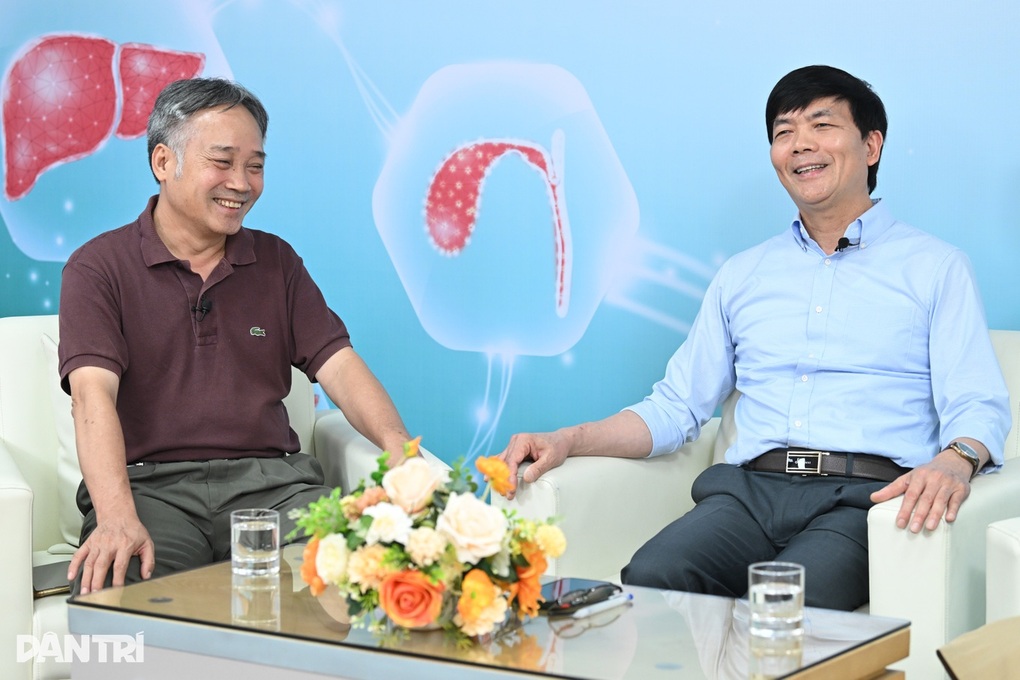
According to experts, modern medicine today has made remarkable achievements, especially in diagnosis, intervention and treatment (Photo: Manh Quan).
Meritorious Doctor, Dr. Do Tuan Anh, Specialist in Hepatobiliary - Pancreatic Surgery with over 35 years of experience, Hong Ngoc - Phuc Truong Minh Hospital, added that gallbladder polyps are an abnormal condition, because normally, there are no polyps in the gallbladder. In essence, polyps are an abnormal growth of cells in the lining of the gallbladder, forming small tumors that protrude inside.
For polyps that show signs of rapid growth, for example initially only 3mm but after a year of re-examination it has increased to 7-8mm, they need to be closely monitored and early surgery considered. Abnormal growth in both size and growth rate is a warning factor for the risk of malignancy.
“In reality, many cases of gallbladder cancer are detected on the basis of gallbladder polyps. Therefore, regular monitoring and timely intervention play a very important role in preventing the risk of cancer,” said Dr. Tuan Anh.
Comprehensive “management” of cancer patients
Dr. Hung said that cancer treatment will depend on the type of cancer and the stage of the disease. Typically, there are four main treatment methods: surgery, chemotherapy, radiotherapy and immunotherapy (including targeted therapy). Of these, surgery still plays the most important role, being the foundation of treatment for many types of cancer.
Nowadays, the term surgery is gradually being expanded to include intervention, including minimally invasive techniques.
If cancer is detected at a very early stage, such as gastric or colon cancer, the doctor can perform an interventional endoscopy to remove the cancer during the endoscopy, followed by periodic monitoring every 3-6 months. This is an effective, minimally invasive treatment method and can help the patient recover completely if detected at stage I.
However, when cancer has progressed to stage II or higher, radical surgery is often required. Cancer surgery is not like regular surgery.
In addition to removing the entire tumor, the doctor must also remove nearby lymph nodes (satellite lymph nodes) that are at risk of metastasis. In some cases, radical intervention is not possible. For example, if the tumor causes intestinal obstruction and is no longer able to be surgically removed, the doctor will perform palliative surgery such as creating an artificial anus or gastrointestinal bypass to maintain life and improve the patient's quality of life.
After surgery, the patient will be re-evaluated for the level of metastasis, tumor status, lymph nodes... and will have an interdisciplinary consultation to come up with the next treatment plan. This consultation usually involves surgeons, oncologists, anesthesiologists, cardiologists, nutritionists... to ensure comprehensive care before, during and after surgery.
“Currently, we not only treat but also manage cancer patients comprehensively from physical health to quality of life.
At the same time, we also monitor the patient's family members - those with high risk factors - to conduct timely screening and intervention, contributing to proactive cancer control in the community," said Dr. Hung.

According to Dr. Hung, not only public hospitals but also the private sector are investing heavily in modern equipment systems (Photo: Manh Quan).
Taking liver cancer as an example, Dr. Tuan Anh said that there are many methods to treat liver cancer, depending on the stage of detection and the condition of the tumor.
If the disease is detected early and the tumor is within the limits of intervention, liver resection is still considered the best option. In cases where the tumor is small and at a very early stage, less invasive methods such as transarterial embolization (TACE), radiofrequency ablation (RFA), or more radically, liver transplantation can be applied.
Nowadays, liver transplantation is becoming more and more popular in Vietnam and is a highly effective treatment option for eligible patients.
For patients with large liver tumors that are no longer surgical candidates, treatments aimed at slowing tumor growth will be considered.
Among them, embolization is a relatively effective solution, helping to prolong the patient's life. Clinical practice shows that many patients who are no longer indicated for surgery can still live an additional 5 to 7 years thanks to this method.
With bile duct cancer, if the tumor is still operable, the treatment principle is to prioritize radical surgery to remove the tumor, which can then be combined with chemotherapy or radiotherapy. However, bile duct cancer often responds poorly to chemotherapy and radiotherapy.
In cases where surgery is not possible, your doctor may perform biliary drainage or place a biliary stent to improve bile flow and relieve symptoms.
As for pancreatic cancer, the disease is often detected at a later stage because the symptoms are very vague. When the disease is diagnosed early and surgery is still possible, timely intervention will bring relatively good treatment results. However, for cases that cannot be operated on, there are now many palliative treatment methods to improve the quality of life for patients.
According to Dr. Hung, modern medicine today has remarkable achievements, especially in diagnosis, intervention and treatment.
From many years of experience in the profession, he clearly sees the changes through each stage. At this point, medical technology has truly entered a completely new stage. Currently, not only public hospitals but also the private sector are investing heavily in modern equipment systems.
For example, at Hong Ngoc Hospital, the current working environment can be said to be very favorable, especially for the young generation of doctors. Young doctors have access to the latest technology and equipment in the world .
"For any advanced techniques applied internationally, you will be sent to the US, Japan, Germany, Korea or Taiwan for training. Updating knowledge and skills almost closely follows the global development speed.
Early diagnosis and timely and proper treatment are the core principles to not only prolong life but also improve the quality of life for cancer patients," said Dr. Hung.
Source: https://dantri.com.vn/suc-khoe/ung-thu-duong-tieu-hoa-phat-hien-som-dieu-tri-dung-co-the-chua-khoi-benh-20250806162242278.htm









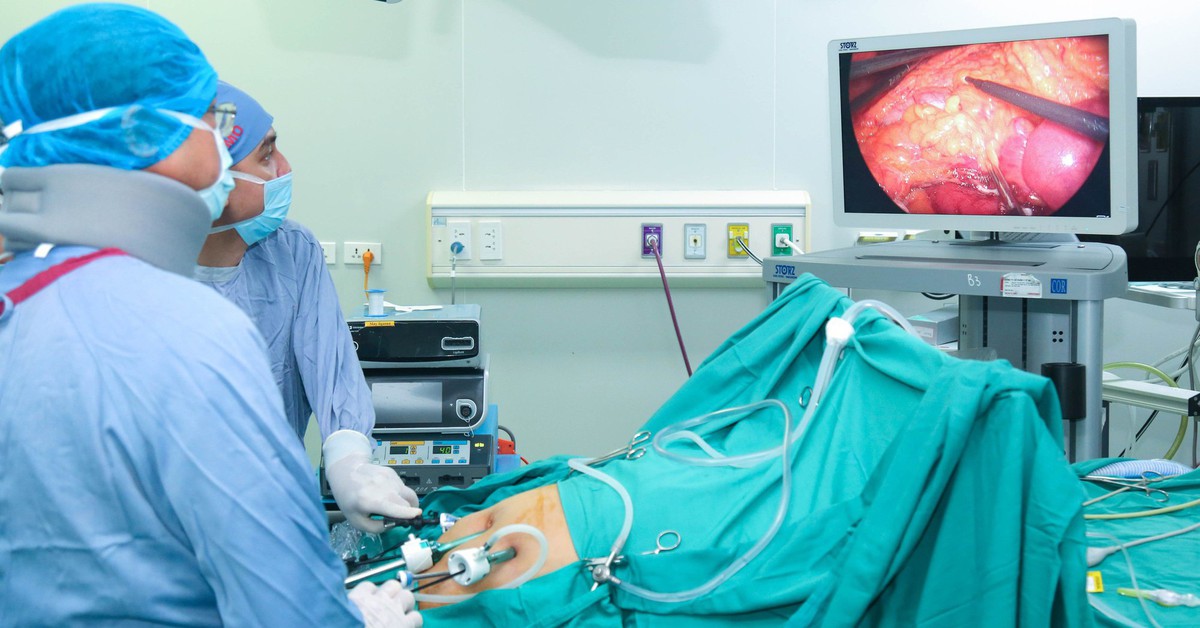

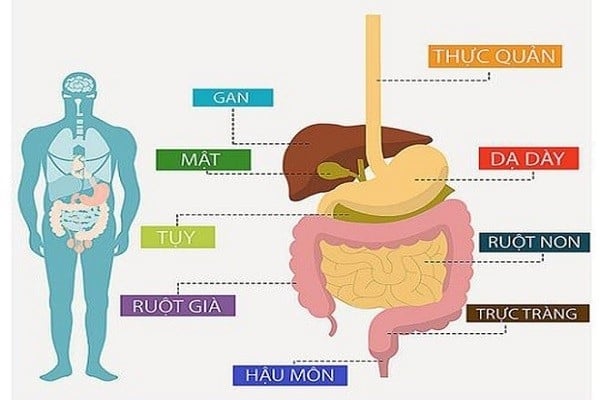

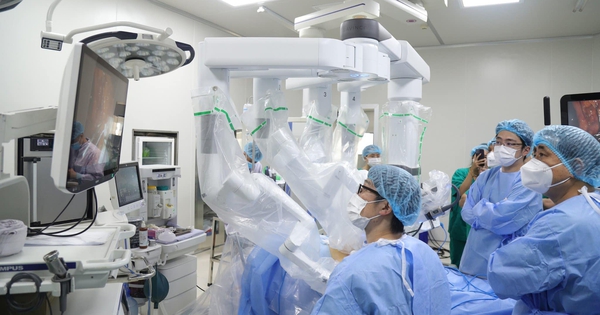

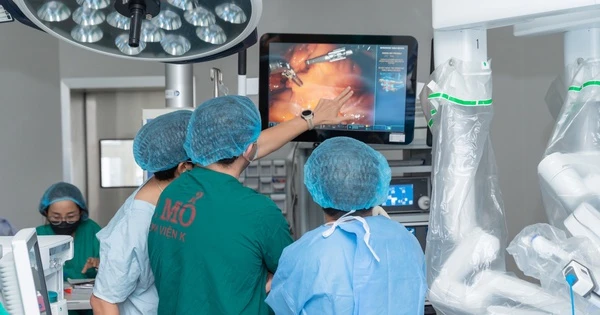







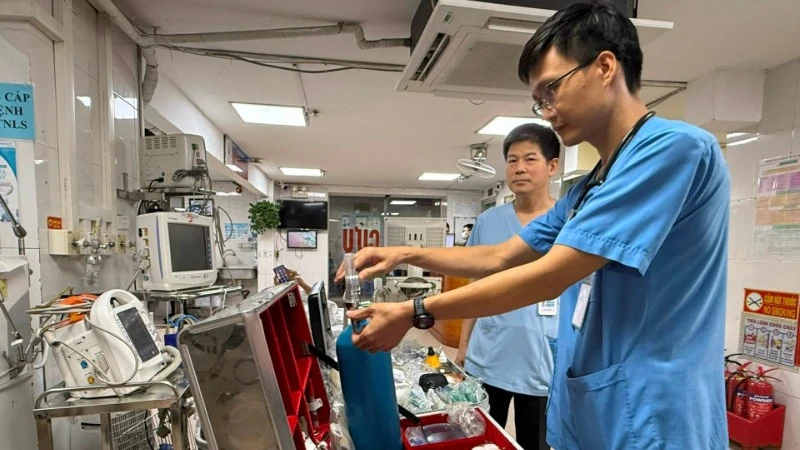










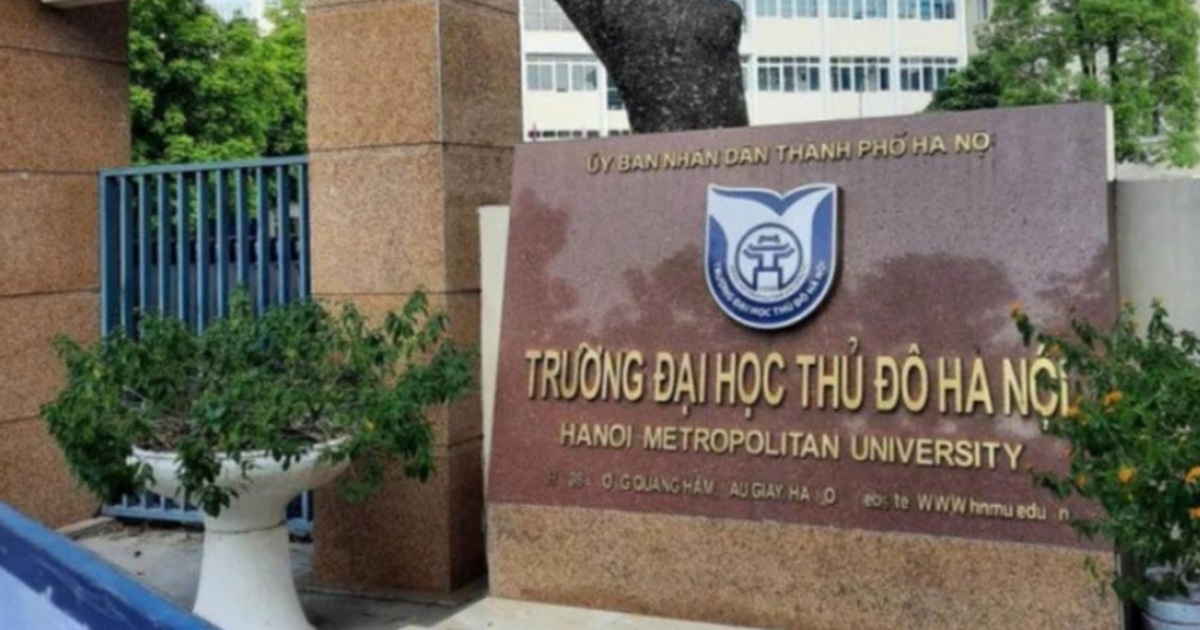

















































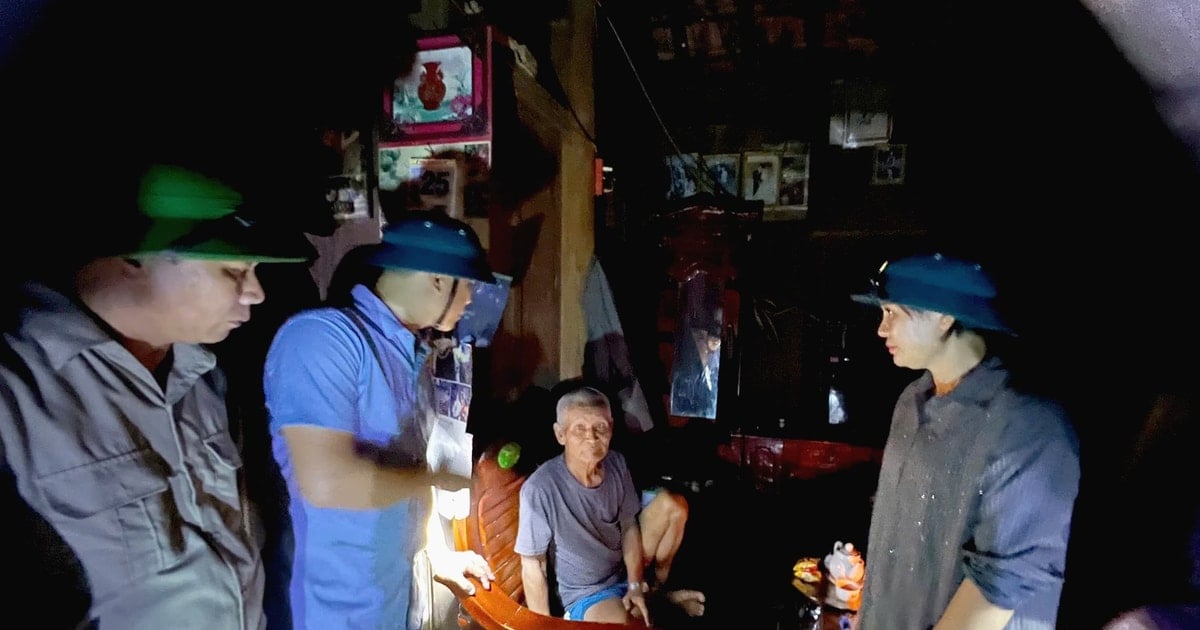



















Comment (0)